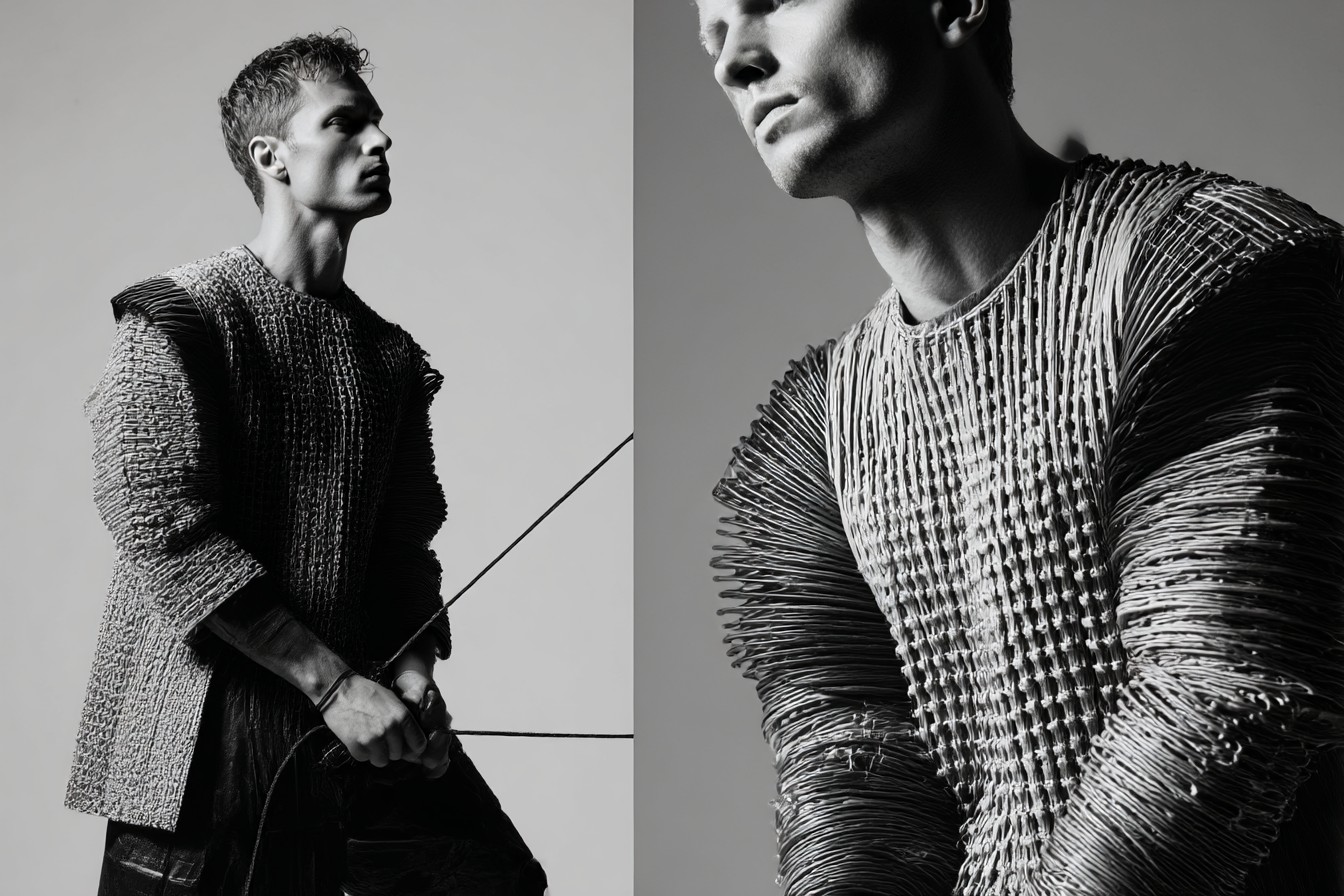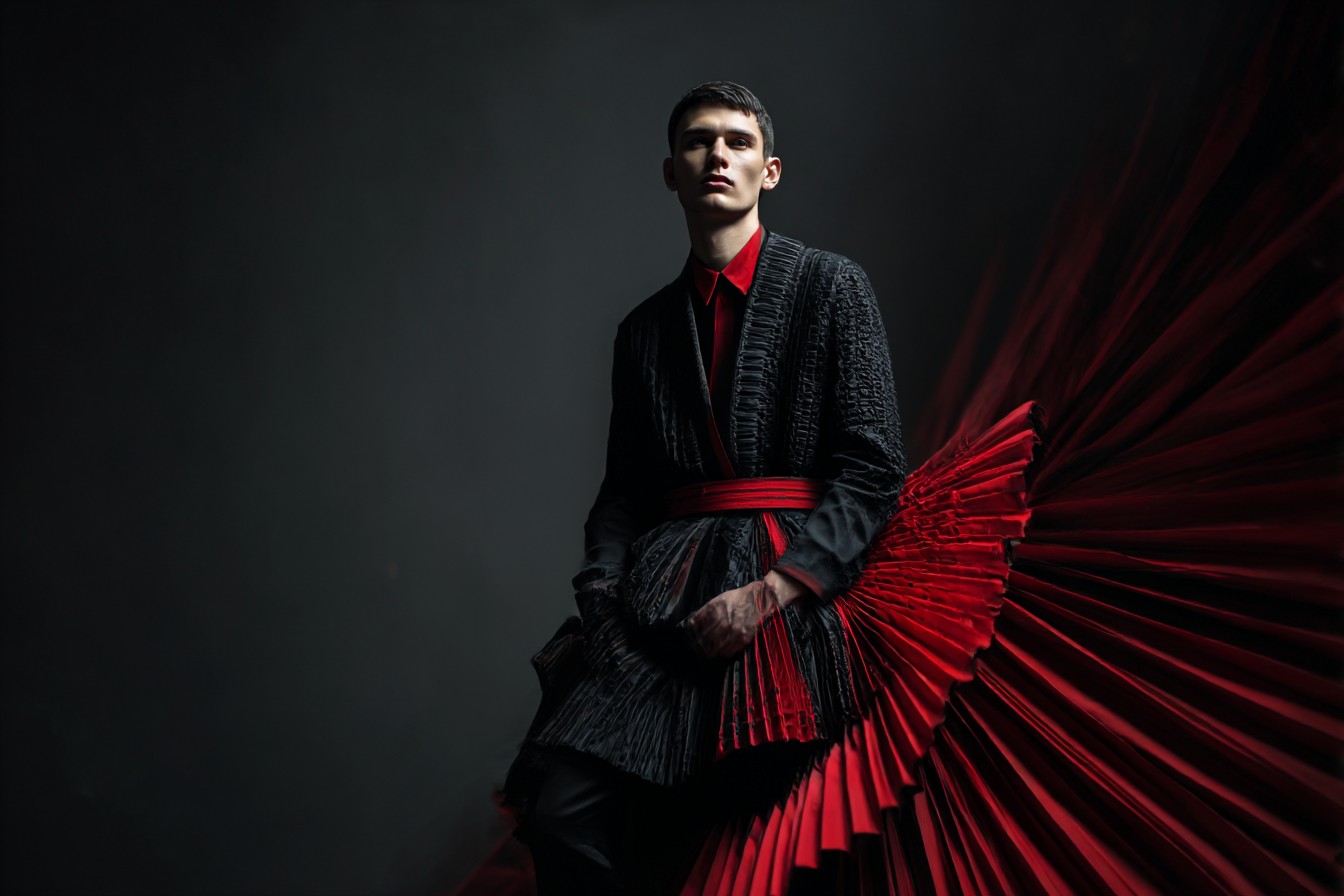I’ve got a confession to make that might cost me my menswear journalist card: I’ve tried every major clothing subscription service on the market. Yes, me—the guy who once spent three hours debating the merits of Neapolitan versus Roman shoulder construction with an elderly tailor who spoke no English. The same guy who has spreadsheets (plural) tracking the break-in process of his raw denim collection. I’ve willingly put my wardrobe in the hands of algorithms and twenty-something stylists who probably got hired straight out of fashion school.
Why? Partly professional curiosity, partly because my editor thought it would make a hilarious feature (“Style snob tries normie clothes!”), and partly because even I get decision fatigue sometimes. There’s something weirdly liberating about opening a box of clothes someone else picked for you—like having a very controlling girlfriend with good taste who lives inside your laptop.
Over eighteen months, I cycled through eight different subscription services, from the budget-friendly to the eye-wateringly expensive. I answered their style quizzes honestly (despite being tempted to see what would happen if I pretended to be an accountant from Nebraska with a passion for neon). I wore what they sent me. I even—and this was the true sacrifice for journalism—allowed myself to be photographed in the ensembles for our social feeds. The comments on those posts still haunt me.

So here it is: my definitive, unsparing ranking of men’s clothing subscription services, from worst to first. Names have not been changed to protect the guilty.
Starting at the bottom: ThreadLab. I wanted to like them, I really did. Their marketing promised low-maintenance but stylish basics for guys who hate shopping. What arrived looked like someone had raided the clearance section of three different mall stores without considering whether any of it went together. The quality was inconsistent at best—one actually decent henley paired with pants so thin I could practically read through them. The t-shirts started pilling after two washes, and I’m not even sure the jeans were actually denim rather than some denim-adjacent synthetic. Worst of all, nothing fit quite right. Their algorithm seemingly decided I was simultaneously XL in the shoulders and M in the waist, creating a Frankenstein’s monster of ill-fitting clothes. Sorry, ThreadLab—you’re in eighth place.
Not much better was Gentleman’s Quarterly Box (no relation to the magazine, which becomes painfully obvious when you see the contents). Their whole pitch is “luxury for less,” but what arrived was anything but. Their “Italian leather” belt had a stamp inside reading “GENUINE LEATHER”—the lowest quality designation possible, basically the hot dog of leather. The shirts had that shiny, plasticky look of bad polyester blends. When I checked the MSRP claims against actual retail prices, I found they’d inflated values by about 40% to make their subscription seem like a better deal. That’s not just bad style—it’s bad business. Seventh place.
Climbing slightly upward: ThreadCrate landed in sixth place, though it was really a photo finish with fifth. Their curation wasn’t terrible—I could at least see a coherent style perspective—but the execution was lacking. Their quiz was the most detailed of any service, asking about everything from my watch preferences to how I take my coffee (apparently whether you’re a cortado or Americano guy influences your pocket square choices?). All that data seemingly led to boxes that were… fine. Just fine. Not terrible, not great. The kind of clothes that don’t offend anyone but don’t excite anyone either. Middle-management clothes, designed not to rock the boat. Their saving grace was decent quality control and consistent sizing.
Fifth place goes to Five Four Club, which has rebranded approximately 37 times since I started this experiment. Currently they’re calling themselves “Menlo House,” but who knows what name they’ll have by the time you read this. Their stuff is all private label, meaning you can’t get it elsewhere, which is both good and bad. Good because some pieces were surprisingly decent quality for the price point. Bad because if you find something you love and want more of it, tough luck—it’s probably already been discontinued. Their aesthetic is firmly in the “casual Friday at a tech company” lane—lots of chinos, untucked button-downs, and blazers that aren’t quite suit jackets but aren’t quite sport coats either. Perfect if you want to look like you’re about to pitch an app idea to your college roommate who works at a venture capital firm.

Now we’re getting to the services I might actually recommend. Fourth place is Trunk Club, which was acquired by Nordstrom a few years back. The Nordstrom connection means the clothes are generally reliable brands you’d find in their stores. What impressed me was the actual human stylist element—I had a video call with Megan, my assigned stylist, who asked thoughtful questions and actually seemed to listen. When I mentioned I was traveling to London, she included a water-resistant jacket in my next trunk that genuinely came in handy. The downside? Cost. This is essentially regular retail shopping with a personal shopper fee baked in, and while convenient, it’s not a bargain. But the return process was painless, and I kept more from these boxes than most others.
Bronze medal position goes to Stitch Fix Men, which surprised me the most. I approached with extreme skepticism—their marketing always struck me as aimed at guys whose style icons are whatever mannequins they glimpse through mall windows. But damn it, their algorithm works. After a somewhat bumpy first box (apparently telling them I “occasionally write about menswear” translates to “please send me aggressively trendy items”), the second and third deliveries were impressively dialed-in. They sent me a merino quarter-zip that became a genuine staple in my winter rotation, and somehow intuited that while I don’t wear graphic tees often, I make exceptions for tastefully minimal designs. Their price point hits a sweet spot between affordable and decent quality, and their size matching was the most consistent of any service I tried.
The silver medal belongs to Lyon + Post, which technically operates on a different model—they send clothes, you try them on, return what you don’t want, and only get charged for what you keep. No styling fee or subscription required. What earned them second place was the curation and quality. These folks have a distinct point of view that leans slightly workwear-influenced but not costumey. Think well-made chore coats, selvedge denim that doesn’t try too hard, and knitwear that doesn’t pill after three wears. The brands they carry include some under-the-radar gems that I’ve since sought out directly. The only reason they didn’t take the top spot is the price point—this is definitely an investment, not a budget option—and their somewhat limited range of styles. If their aesthetic doesn’t align with yours, there’s not much middle ground.
And the winner is… Bespoke Post. Now, this is technically more of a lifestyle box than purely clothing, but hear me out. What they get right is the opt-in model—they show you what’s in each month’s offerings, and you choose whether to receive it or skip. No surprise boxes of clothes you’d never wear. The quality-to-price ratio consistently impressed me, and they partner with smaller, independent brands I actually respect rather than just private-labeling everything. I discovered a Japanese denim brand through them that I now own three pairs of jeans from. Their non-clothing items—like barware, travel accessories, and grooming products—are actually useful rather than gimmicky. And most importantly, their curation feels like it comes from people who genuinely care about quality and thoughtful design, not just what’s trendy this month.
After all this experimentation, what did I learn? A few things worth sharing:

The style quizzes are deceptively important. I half-assed one and ended up with clothes that looked like they were chosen for someone having a midlife crisis at a Maroon 5 concert. Take the time to answer thoroughly and honestly.
You get what you pay for—mostly. The services under $100 per box generally sent clothes with quality issues that became apparent after a few wears. The sweet spot seemed to be the $150-250 range, where you’re getting decent materials and construction without paying pure luxury prices.
The human element matters. The services with actual stylists you can communicate with directly (even just via messaging) sent significantly more relevant items than the pure algorithm plays.
Most importantly, the frequency matters. None of these services should completely replace thoughtful, intentional purchasing. They work best as supplements—ways to try styles you might not normally consider, or to refresh basics without spending hours shopping. I found the quarterly cadence much more useful than monthly, which just created closet overflow.
Would I, a certified clothes snob, continue using any of these now that my experiment is over? Surprisingly, yes. I’ve kept my Bespoke Post subscription, though I skip months when the offerings don’t excite me. I also dip back into Stitch Fix about twice a year, usually when transitioning between seasons and needing a few fresh basics.
For most guys, I’d suggest thinking about what you actually need from these services. If you genuinely hate shopping and just want to look presentable without effort, Stitch Fix’s set-it-and-forget-it approach works well. If you’re more style-conscious but time-poor, Trunk Club’s higher-touch service justifies the premium. And if you enjoy the discovery aspect but want control over what arrives, Bespoke Post’s opt-in model is ideal.
Just remember that no algorithm or distant stylist knows you better than you know yourself. The best dressed men use these services as tools, not replacements for developing personal style. And maybe don’t let them take your picture for the company’s social media. Trust me on that one.



